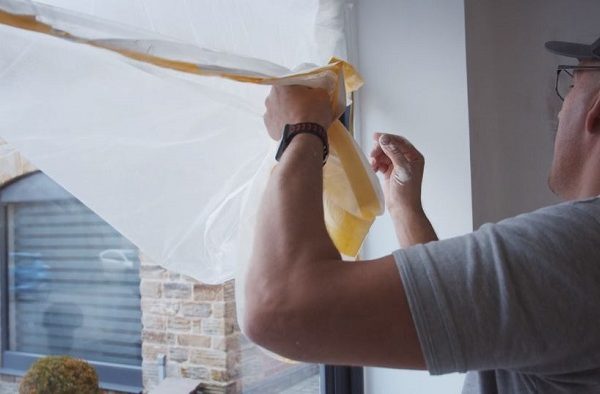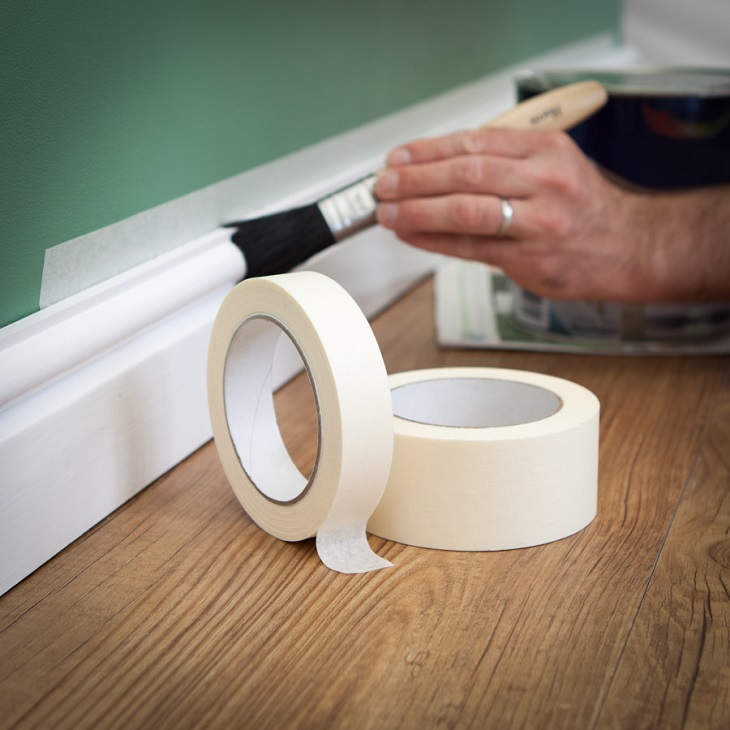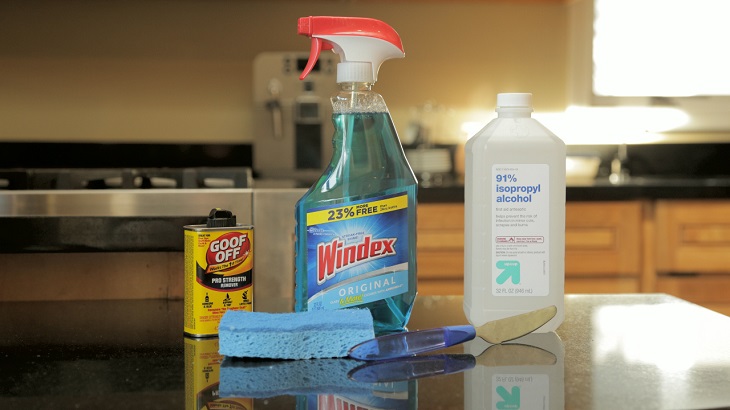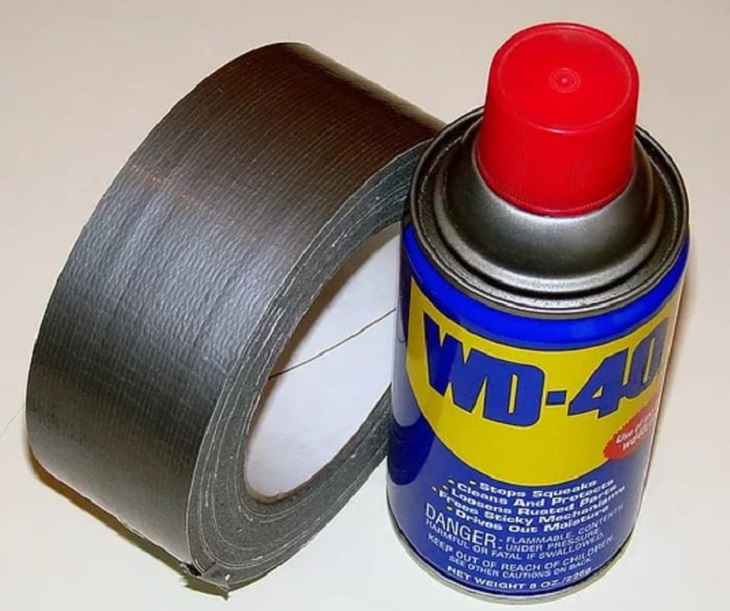25
Jun

A type of tape that can be used for almost everything around the house is what everyone wants these days. While duct tape is considered to be the champion here, there is one more versatile type of tape – masking tape. Masking or painters tape is mainly used by – you guessed it – painters to keep areas from getting painted on.
But painters tape can be used for more than just to masking out areas when painting a piece of metal, plastic or any other type of surface. Masking tape can be used to label stuff such as food and supplies, you can fix a broken umbrella with it or make your kid’s playtime more fun. You can use masking tape to make “roads” for your children’s toy cars to drive on. Masking tape can also help you save on vacuum cleaner bags if you just open a slit down the middle of the bag when emptying it and then sealing it with masking tape. Instead of holding wires together with gaffer tape, you can use masking tape.

Although masking tape is used by painters, they never put masking tape on walls. Just like duct tape, tape masking can leave a residue that can damage the surface of the wall. Avoid using masking tape, especially on drywall.

If the heat gun/hairdryer, scraping and warm water didn’t help, try using alcohol. Rubbing alcohol can aggravate the residue without causing harm to the surface it’s on, unless that surface has paint on it. The residue will lose its adhesion when you apply even a bit of rubbing alcohol. You can also use alternatives, such as nail polish remover or acetone. Acetone is also known for damaging plastic surfaces, so nail polish removers are your safest option in this case.
Scraping the tape residue may seem like a more effective approach than just brushing it, but you shouldn’t just brush it with plain water. You should always brush off masking tape residue with a bar of soap, as the foam the soap makes is going to make the residue stick to it. This then makes it easy to remove the residue. But if you have maskin tape residue on stone surfaces like brick, concrete, bluestone, limestone, granite, masonry tile or terrazzo, then you should avoid using soap to brush off the residue. Instead, you can make use of a homemade solution by mixing in some laundry detergent/baking soda with some warm water. This forms a paste which you then apply to the affected area (residue) preferably with a toothbrush or any other soft brush. Only spread the paste over the sticky, gummy portion, brush until you have it removed, and then just rinse off the surface with clean water.

If all of the above options fail, then your last and best option would be to use WD-40. WD-40 is a powerful solution that is able to disperse water. So by soaking a rag with a texture to it with WD-40 you can try to scrub the residue off. If you happen to have a lot of residue in a small area that is sort of build-up, then just spray some WD-40 on it and let it sit for a minute. After that minute has passed, scrub away.
When the reside is finally removed make sure to wash off any WD-40 residue. The oil that WD-40 contains can easily do more harm than the masking tape residue. Use warm soapy water for this, and if you plan on reapplying masking tape on that surface make sure the area is dry before you do so.